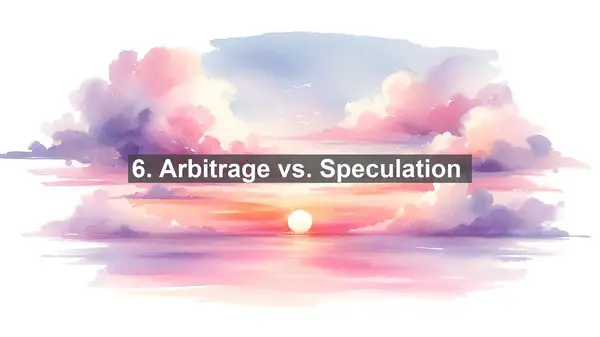Introduction
Algorithmic trading is a fascinating field, but it comes with its fair share of jargon. Today, we’ll be discussing the top 10 words that often cause confusion. Let’s dive in!
1. Strategy vs. Tactic
While these terms are related, they have distinct meanings. A strategy is a broad plan, outlining your overall approach. On the other hand, a tactic refers to the specific actions you take within that strategy. Think of strategy as the ‘what’ and tactic as the ‘how’.

2. Backtesting vs. Forward Testing
Both are crucial steps in developing a trading system, but they occur at different stages. Backtesting involves analyzing historical data to assess how a strategy would have performed. Forward testing, on the other hand, involves running the strategy in real-time with simulated trades. It’s like a trial run before going live.
3. Limit Order vs. Market Order
When placing an order, you have two primary options. A limit order allows you to set a specific price at which you’re willing to buy or sell. A market order, on the other hand, executes the trade at the best available price in the market. Market orders offer speed, while limit orders provide control over the price.
4. Alpha vs. Beta
These terms are often used in the context of risk and return. Alpha measures the excess return of an investment compared to a benchmark. It’s a way to assess the skill of a trader or portfolio manager. Beta, on the other hand, measures the volatility of an investment in relation to the overall market. It’s a measure of systematic risk.
5. Slippage vs. Latency
In the world of high-frequency trading, speed is crucial. Slippage refers to the difference between the expected price of a trade and the actual executed price. It can occur due to market volatility or insufficient liquidity. Latency, on the other hand, is the delay between an event occurring and the system’s response. Even milliseconds matter in this realm.
6. Arbitrage vs. Speculation
While both involve making trades to profit, they differ in their approach. Arbitrage is about exploiting price discrepancies in different markets or instruments to make risk-free profits. Speculation, on the other hand, involves taking calculated risks based on market analysis, with the aim of making a profit.
7. Long vs. Short
These terms refer to the direction of a trade. Going long means buying an asset with the expectation that its price will rise. Going short, on the other hand, involves selling an asset with the expectation that its price will fall. Both strategies can be profitable, depending on market conditions.
8. Volatility vs. Volume
In the world of trading, these terms are often used, but they have different meanings. Volatility refers to the degree of price fluctuation. High volatility can present opportunities but also risks. Volume, on the other hand, refers to the number of shares or contracts traded. It’s an indicator of market liquidity and interest.
9. Stop Loss vs. Take Profit
These are risk management tools. A stop loss order is placed to limit potential losses. It automatically triggers a sell order if the price reaches a certain level. Take profit, on the other hand, is an order to close a position when a certain profit level is reached. Both are essential for disciplined trading.
10. Algorithm vs. Model
In algorithmic trading, these terms are often used interchangeably, but they have distinct meanings. An algorithm is a set of rules or instructions that dictate the trading decisions. A model, on the other hand, is a mathematical or statistical representation of the market. It’s the foundation on which the algorithm is built.

